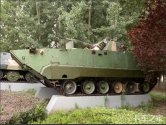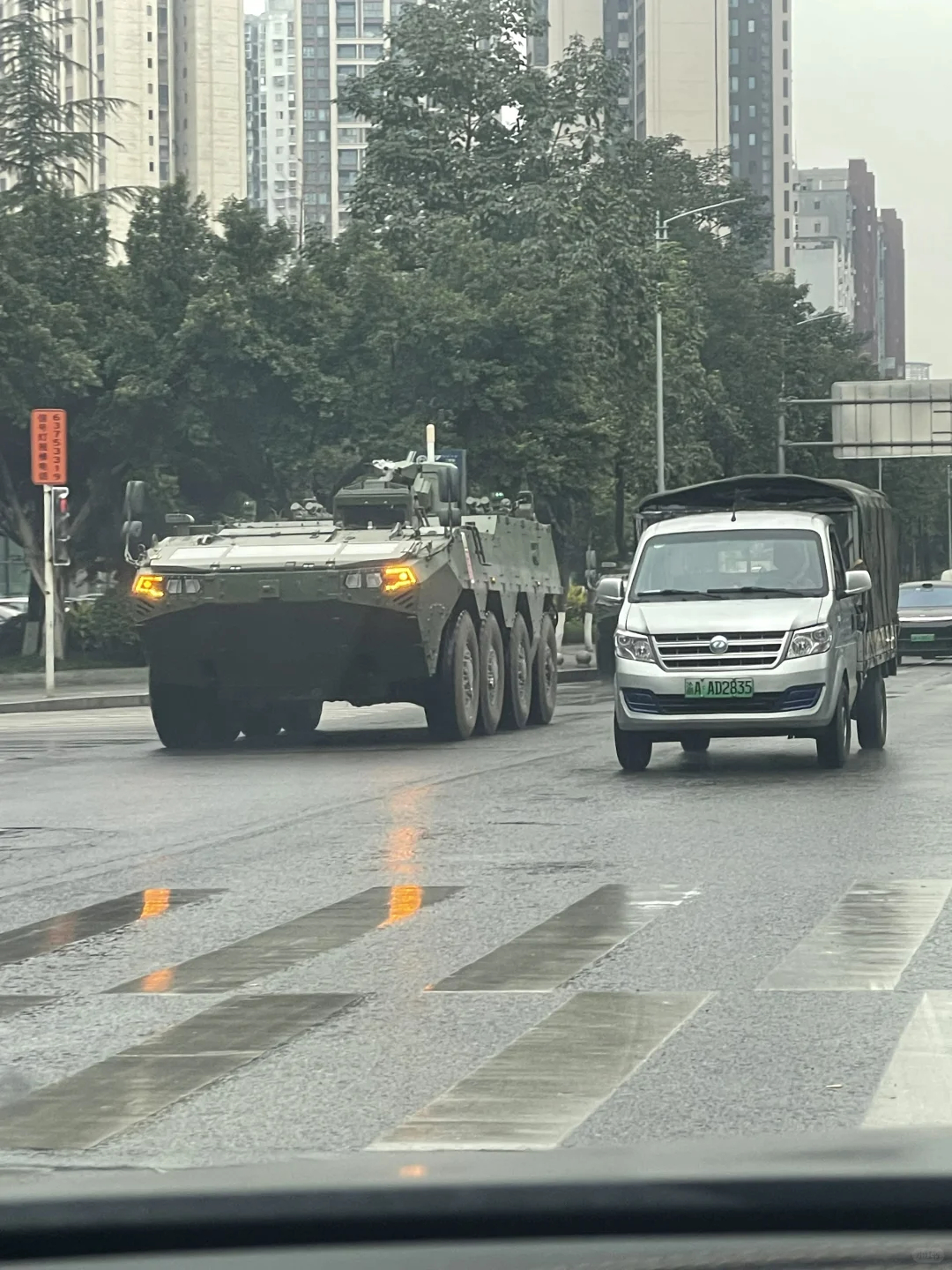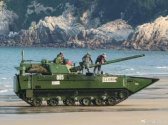You are using an out of date browser. It may not display this or other websites correctly.
You should upgrade or use an alternative browser.
You should upgrade or use an alternative browser.
Chinese infantry fighting vehicles
- Thread starter Broccoli
- Start date
TerraN_EmpirE
Tyrant King
You could get the same effect from a fuel tank. Or a cope cage. As you yourself said it’s also only effective on older less capable shaped charge warheadsThat may hold true for kinetic penetrators but the construction of the engine is probably effective against shaped charges. Might not work against more modern and larger chemical penetrators but it definitely works to some degree on single charge man portable anti tank weapons. Example would be the Stryker that recently survived an RPG round to the engine block with no crew fatalities.
It’s not armor it’s empty space. A fuel cell can do the same thing. Still the best place for an IFV engine is to the front as most IFV are armored to a lower degree than MBT.It's cheap extra armor while giving room for the engine. Obviously it's better for survivability to have a additional layer of real composites like in this IFV. But this IFV still needs to put the engine somewhere, which means less room for crew.
Few MBT have commonality with IFV hulls as modern MBT are heavy and optimized for a different mission set. Heavy IFV are the exception for this but unless you are talking about a country like Israel where they are only fighting on their own borders the cost benefit is poor. The heavy hull base cost is you have to make major investments in trucks and Freight rail as well as shipping to move them around. Sure you have to do so for tanks but the ratio of Tanks in a force is generally smaller than IFV.Imho commonality with MBT hull and additional protection can make up for reduced crew space.
This is why we see a popular move to wheeled IFV/APCs. Being wheeled they are their own trucks and for a smaller national army why bother with a tracked IFV? Or if you’re doing a lot of Peacekeeping operations why piss off the locals with ripped up roads?
I think it is for balance as well.
More armour at the front means the front is heavier. If you also put the engine at the front, it will be very front heavy and ballast at the back will make the entire vehicle heavier for the equivalent amount of protection.
More armour at the front means the front is heavier. If you also put the engine at the front, it will be very front heavy and ballast at the back will make the entire vehicle heavier for the equivalent amount of protection.
View attachment 146061
Literally has do no photograph written on the chassis. When has that ever stopped someone?
Guess that's why they had to publish the new restrictions.
by78
General
View attachment 146061
Literally has do no photograph written on the chassis. When has that ever stopped someone?
A bigger version. It looks to be an evolved Type 05. Beyond the obvious new turret and gun (appears to have partially faceted barrel?), the spacing of the road wheels are different. The hull just behind the extendable bow appears different, as is the transom flap.












